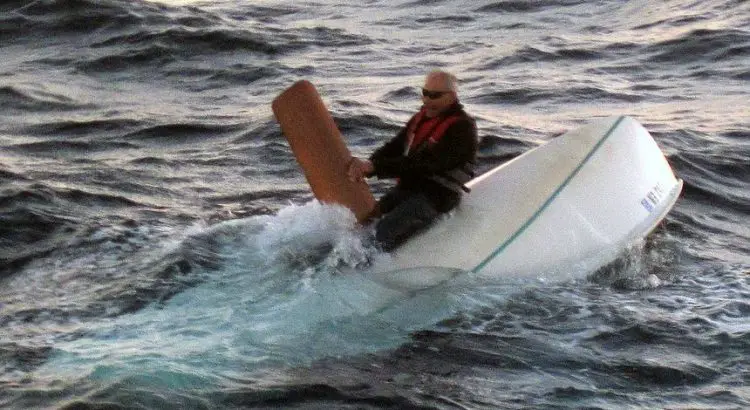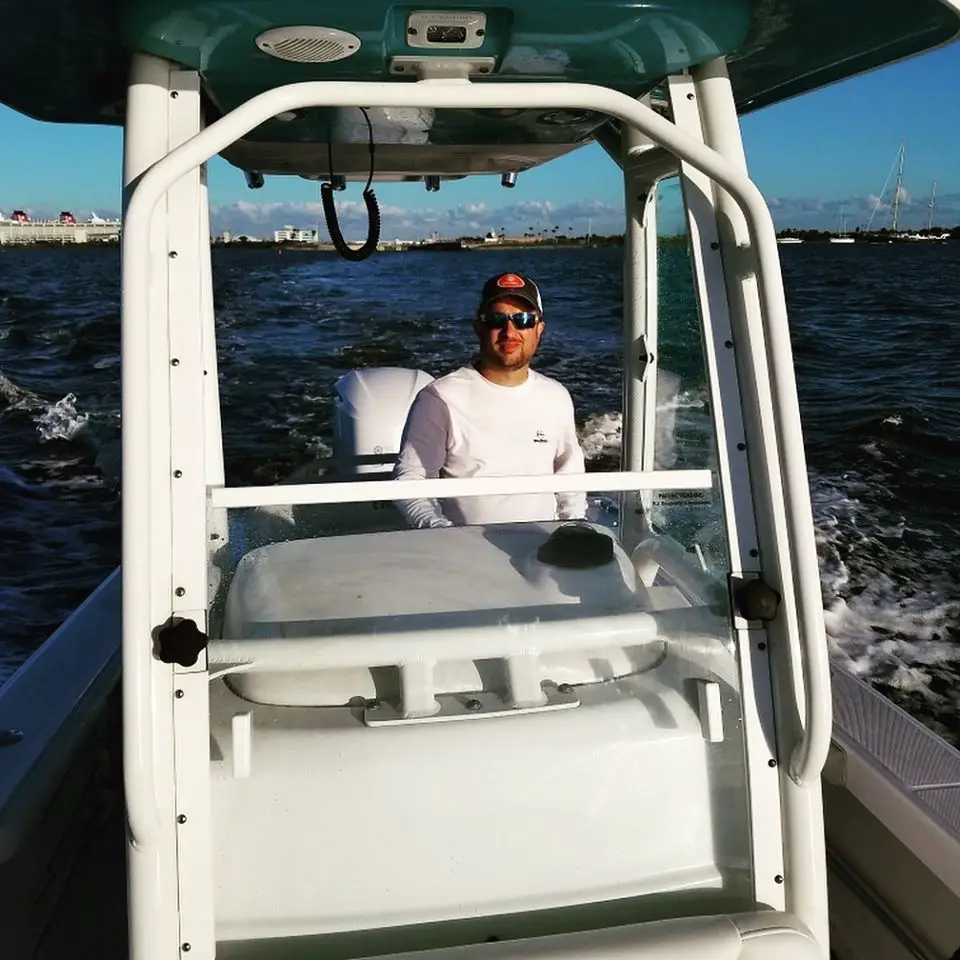This page contains affiliate links. This means that we may get a small commission for recommending products, if you choose to click on something and buy it. This does not cost you anything, but we wanted to be honest and let you know!
(Last Updated On: )[quads id=”1″]
Capsizing your boat is a scary experience that you will not want to repeat. Even for experienced swimmers and boaters, there will always be an element of fear as the boat turns over. So, you might be wondering – What do I do if my boat capsizes?
The most common cause of a boat capsizing is due to operational error. The driver may turn the boat far too quickly, which causes all the weight to go to one side, thus incorrect buoyancy that results in the boat capsizing.
Other reasons for boat capsizing are high speed, flooding inside the vessel causing buoyancy uncertainty, too much wind (sailing) and many more reasons.
Table of Contents
What to do if Your Boat Is Capsizing
- Stay with your boat as its easier to spot in the water
- Ensure your life jacket is tight or you are holding an inflatable
- Try and climb onto the hull to increase body temperature
- Try to find supplies such as flares or more flotation devices
- Take a headcount and ensure everyone is accountable for
- Use a handheld VHF radio to call for help
If you are in the middle of nowhere, it is important you can be seen from far away.
The key thing to take away from the five steps is to stay with the boat when capsized.
A capsized boat with somebody on top of the hull is much easier to see than a person in the sea with their head showing.
If you stay in the sea, you will also be using much-needed energy staying afloat as well as your body temperature dropping fast.
[quads id=”2″]
What to do if Your Boat is Sinking
Depending on the boat you were traveling in, the hull may fill up with water and start to sink.
The speed at which it will sink will vary but stay as calm as you can be and ensure you have the following:
- A life jacket that is on properly
- Additional life jackets to hold onto it not worn by others (paddles, coolers, etc)
If you have no flotation devices to support you in the water, you will need to try your best to float.
In cold water, you will want to float and not tread otherwise hypothermia will occur quicker than you expect.
How to Right a Capsized Boat
Righting a boat that has been capsized is possible depending on the boat itself and the knowledge of doing so.
Obviously, you will not be able to right a large boat in the water on your own but for sailing boats, kayaks, small ribs, and dinghies, it is possible.
- Ensure all passengers (if any) are safe
- Swim to the underside of the boat
- Ensure the dagger is extended fully
- Using your weight, push down on the dagger
- Once the boat has spun around, climb on board
- Remove excess water inside the boat
Clearly an inflatable rib that has capsized (less likely too) will require a different method.
Similar methods apply but you will need to use the bowline to flip the boat over as opposed to a dagger.
You will want to feed the bowline halfway down and feed the line through the hand handles then throw the rope over the upturned hull.
Climb on top of the hull and take the rope and stand on the opposite tube to the hand handles with the bowline.
Simply lean back holding the rope and the rib should flip over.
If possible, deflating one side of the rib will help massively in flipping it over from a capsized state.
How to Avoid Capsizing in a Boat
Having the knowledge prior to going out in the boat is essential and we have listed the key points to avoid capsizing below:
- Sit in designated seating when traveling and do not have too many passengers
- Evenly balance the weight across the boat (especially small boats)
- Don’t lean over the side of the boat (also known as the Gunwale)
- Always secure the boat anchor to the bow and NOT to the stern
- Keep a low center of gravity by not allowing passengers to stand and move around
As the driver of the boat, you should ensure that every passenger is using the best life vest on board and they are safe whilst traveling on the water.
Driving safely through rough waters is fine but irresponsible driving can almost certainly cause capsizing.



